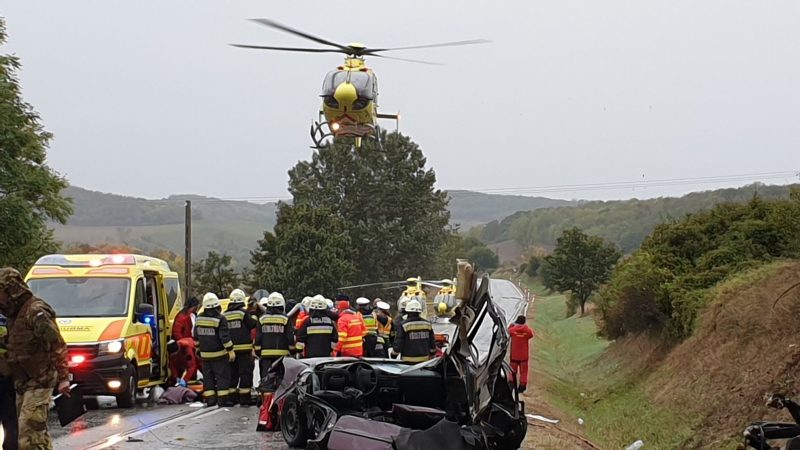These are the most dangerous motorways in Hungary

Based on the data of the Central Statistical Office (KSH), in 2021, there were an average of 9 accidents per week involving people on the Hungarian motorways. M1 motorway leads the list connecting Budapest and Vienna, Austria. In 2021, there were 117 accidents on that motorway. However, M3 is not far behind with 112 reported cases.
An increasing number of motorway accidents
Interestingly, KSH’s data shows that Hungarian motorways are safer than other roads. However, accidents on motorways have worse consequences due to the high speed – Pénzcentrum reported. In 2021, there were 470 accidents involving people on the Hungarian motorways, and that number does not include the M0, where 95 such accidents happened.
The statistics reflect the travel and other restrictions introduced because of the pandemic.
In 2020, there were only 374 accidents involving people on the Hungarian motorways.
The last time KSH data showed a relatively low number was in 2014 (365). Since then, that number has been oscillating between 400 and 500. In 2019, 509 accidents were registered.

In 2021, the highest number of accidents involving people occurred on the M1 motorway (117). The second on the list was the M3 (Nyíregyháza) with 112 cases, followed by the M5 (Szeged) with 91 accidents. Pénzcentrum says that the average number of such accidents was 9 per week last year.
The average accidents per week were more than two on the M1 and M3 motorways. On the M0, this number was 1.83, while on the M5 1.75.
Based on the statistics, 14,233 accidents involving people happened in the country. That is 274 per week. 2/3 of them took place in residential areas. The tendency has remained the same since 2004. That is understandable because traffic volume in residential areas is higher, so the chance of accidents is also higher.
You have 15-20 minutes before getting hit and killed on the hard shoulder in Hungary
In 2021, only 3 per cent of the accidents happened on motorways, but they were more serious proportionately. Motorways are dangerous both for a moving vehicle and a car at rest. Statistics show that
people have an average of 15-20 minutes before getting hit and killed in the hard shoulder.

Therefore, police and road operators always urge people not to stop and get out of their cars on the hard shoulders unless it is absolutely necessary.
Based on the Hungarian highway code (KRESZ), drivers can stop on the hard shoulder only in the following cases:
- The vehicle cannot continue the journey due to a technical issue
- The vehicle checks the traffic
- The vehicle carries out road maintenance or cleaning
- The vehicle tows a broken car or stops to offer assistance to it
- The vehicle has a distinguishing sign.
Drivers trying to evade a traffic jam on the hard shoulder risk misdemeanour charges and considerable fines.
Source: Pénzcentrum





